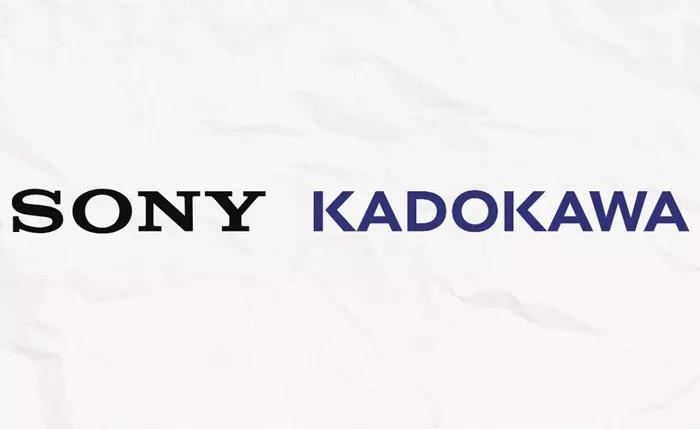Sony’s potential acquisition of Kadokawa, a major player in Japan’s publishing and anime industries, could reshape the landscape of anime production globally. While talks have been confirmed, the deal is far from finalized, with regulatory approvals and further negotiations pending. If successful, this acquisition could grant Sony unprecedented control over the anime production system, consolidating both creative and distribution power under one roof. Here’s what the deal could mean for the anime industry and its stakeholders.
A Changing Industry Landscape
Kadokawa is a key force in anime production, with a long history of publishing light novels and manga alongside its substantial stake in anime. In 2021, Kadokawa set an ambitious goal to produce 40 anime titles annually by 2023. While it is unclear whether they have met this target, the studio has certainly ramped up production. However, this surge in output has not come without challenges, including delays in airing and production schedules, which are often tight in the anime industry.
Currently, Sony’s Aniplex—one of the largest anime producers globally—owns several major studios, including A-1 Pictures, responsible for hits like Sword Art Online and Demon Slayer. Though Sony already controls several aspects of anime production, it has not historically owned the original manga or light novel properties. This acquisition, however, would give Sony complete ownership of both the source material and the production studios, consolidating anime creation from concept to screen.
The Rise of an Anime Powerhouse
Should the acquisition go through, Sony’s influence on anime could become unparalleled. By owning Kadokawa’s vast library of intellectual properties, such as Sword Art Online and Mushoku Tensei, Sony would effectively control not only the anime production but also its distribution across global platforms. This would mark a significant shift, as Sony would become the largest entity to manage all aspects of anime, from the original content to the studio and streaming services. The deal could create a “one-stop shop” for anime, with Sony at the helm of every stage in the production cycle.
This shift would rival the current dominant complex in anime production, which has been led by a combination of Shueisha (publishers of Shonen Jump), Toei Animation, and Bandai Namco. While these companies collaborate on major franchises like Dragon Ball and One Piece, their efforts are often fragmented, with different studios handling the anime adaptations. A Sony-Kadokawa merger would streamline production and further consolidate control under one corporate umbrella.
Industry Reactions: Competition and Consolidation
The potential acquisition is likely to provoke a range of responses from other players in the anime industry. Major companies like Shueisha, Toei Animation, and even Netflix and Amazon Prime Video, which have been increasing their involvement in anime production, may feel the need to respond strategically. One possibility is that these companies may seek to form their own production complexes to compete with Sony’s dominance, potentially resulting in more alliances and mergers within the industry.
However, it’s also possible that some smaller studios and distributors may distance themselves from Sony and Kadokawa to avoid becoming overly reliant on a single player. Streaming services like Netflix, Amazon Prime, and smaller platforms like HIDIVE or Anime Onegai could position themselves as alternatives to Crunchyroll, which currently holds significant international market share for anime distribution. Whether these platforms will be able to rival Sony’s extensive production and distribution network remains uncertain.
The Road Ahead: Uncertain but Significant
While the acquisition has the potential to reshape the anime industry, it is still unclear whether it will come to fruition. Kadokawa would need to weigh the benefits of the deal, including possible financial support and the ability to streamline production, against any potential downsides, such as losing creative autonomy or market share. Additionally, Japanese regulatory authorities will need to assess whether the deal could create an anti-competitive environment or harm consumers in the process.
If the deal moves forward, the entire anime ecosystem could be reshaped, with Sony emerging as the largest and most powerful force in anime production, distribution, and streaming. However, the impact on smaller players, content creators, and international partnerships is still to be seen, and many in the industry are watching closely to see what the future holds.
At this stage, it’s too early to predict how this potential merger will affect the anime world. What is clear, however, is that if Sony does acquire Kadokawa, the industry’s dynamics will shift significantly, leaving many to wonder whether this will be a beneficial move for the anime community or whether it will consolidate too much power into the hands of a single conglomerate.
Related Topics
Is One Piece Popular in Japan?
Japan’s Top 10 Anime of Fall 2024: Must-Watch Series Ranked
365 Days to the Wedding: A Perfect Adult Romance for Wotakoi Fans

